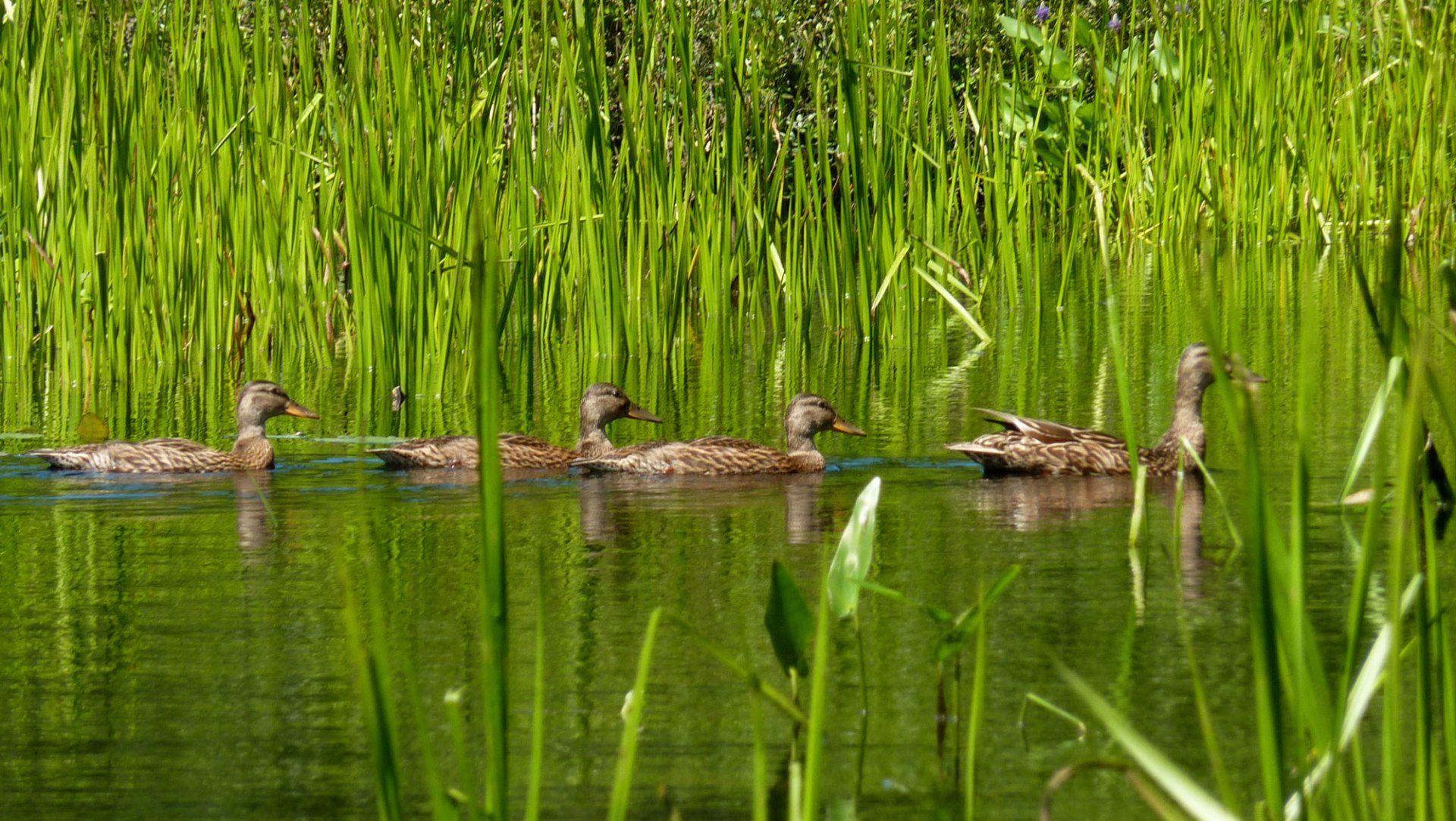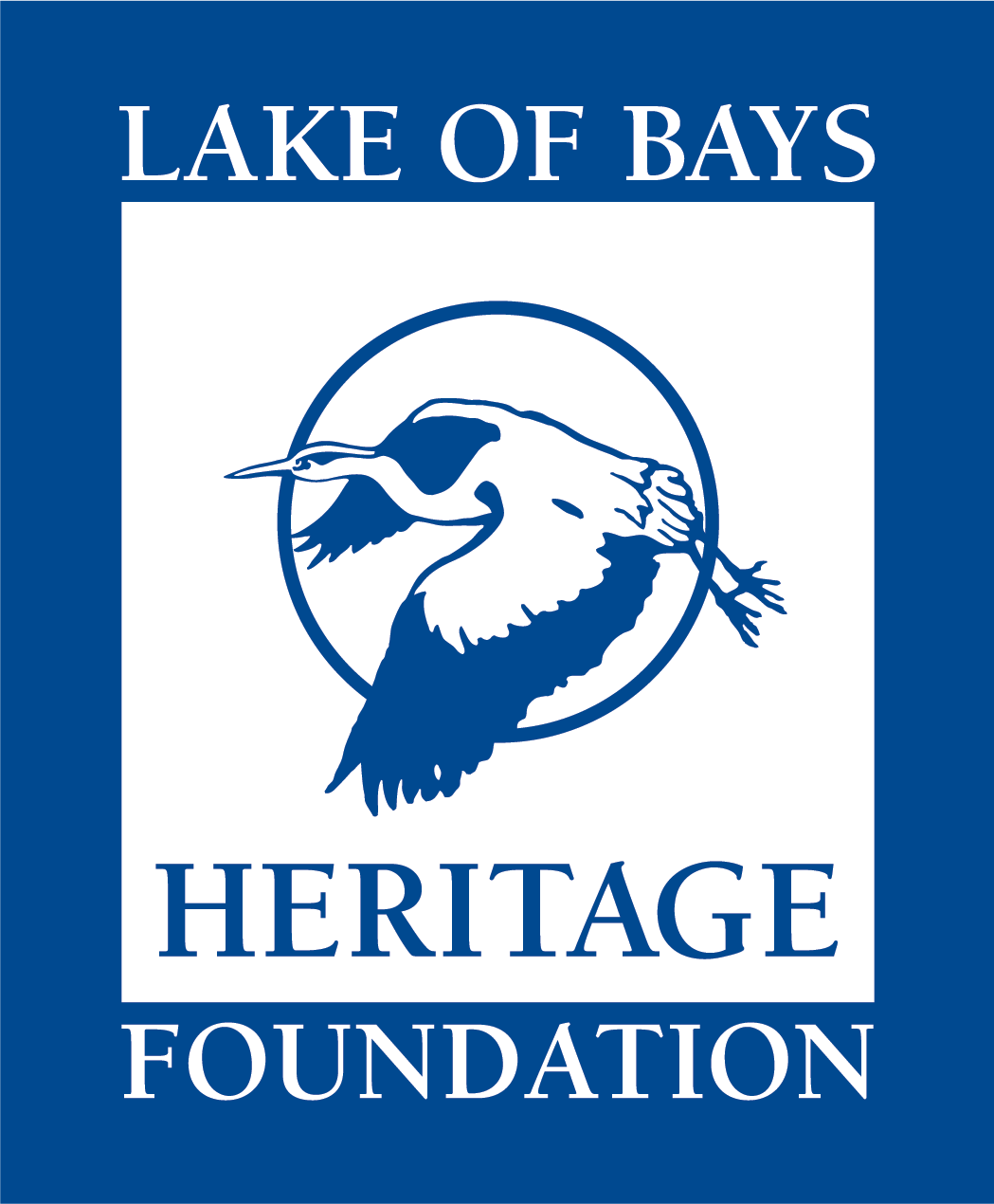Shoreline Protection

Shorelines are a critical and sensitive link between land and water. The land and shallow water that meet at the water's edge provide a nursery for the wildlife in the waterway. Here, fish spawn, aquatic insects find mates, waterfowl nest and turtles scramble ashore to lay their eggs. When development destroys the vegetation that feeds and protects this shoreline nursery, all living things in the water are affected.
A dense strip of natural vegetation is an important buffer that filters rainwater that runs over the surface of the land. Shrubs, trees, grasses and wildflowers all play an important role in removing sediment from this surface runoff, and promoting its percolation into the soil - further cleaning the water and recharging groundwater supplies.
A thick network of roots from a variety of waterfront plants helps to keep shoreline soil on land where it belongs, not in waterways. Soil eroding into waterways contaminates spawning beds, which reduces fish populations.
Think of your human neighbours too! Our survey of residents found that the number one priority is to protect our natural shoreline for appearances as well as nature.
Consider the following points for your shoreline:
- Allow the shoreline to return to its natural state, or plant native species or flowers, grasses and shrubs;
- Aim for a naturalized area extending at least 10 metres back from shore;
- Avoid hard barriers such as concrete walls and gabion baskets. If possible, remove retaining walls;
- Limit shoreline alteration to no more than 25 percent of your shoreline;
- Shoreline vegetation also helps to protect water quality; and,
- Manicured areas act like hard surfaces when it rains. More than 50% of rainfall can run off straight into the lake along with fertilizers, pesticides, pet waste, etc
